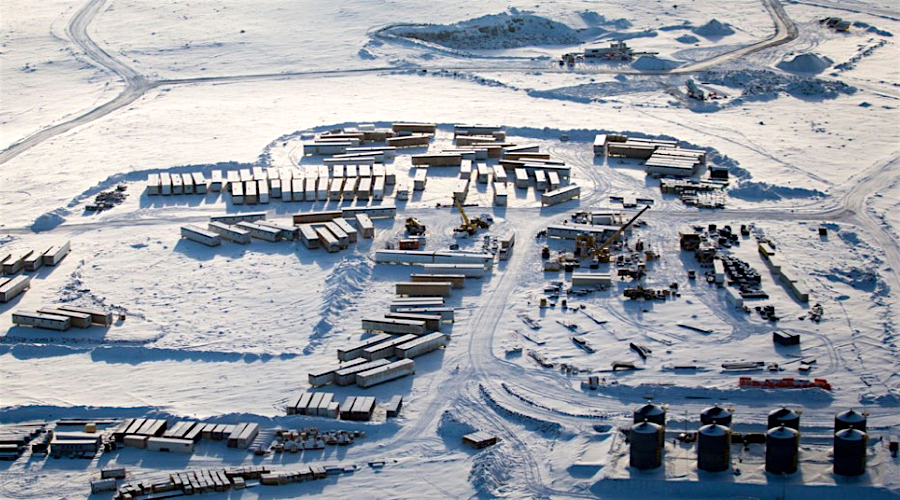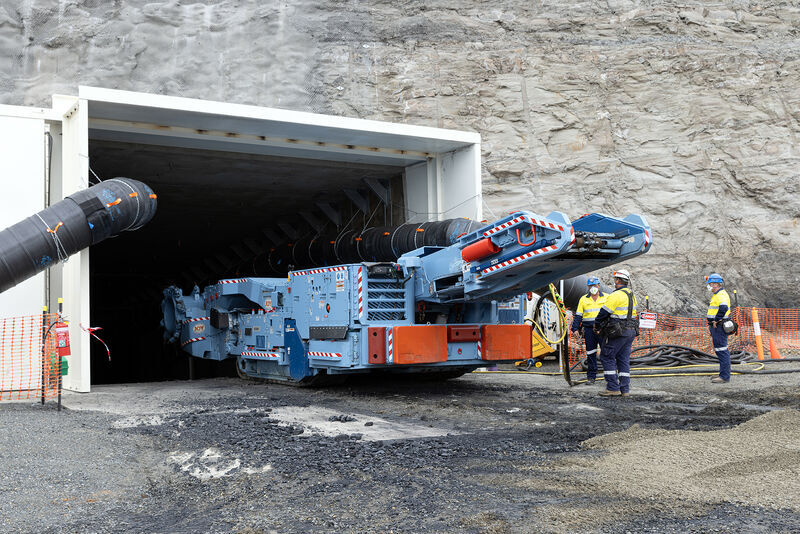De Beers Canada moves from Toronto to Calgary

De Beers Canada — which is set to begin production at its new diamond mine, Gahcho Kué, in the Northwest Territories later this year — has moved its Canadian headquarters from Toronto to Calgary, bringing some much-needed job openings to a region severely hit by a collapse in oil prices. An international moving company has been hired by the company itself for the European executives who are willing to move to the new headquarters to work on the European market expansion.
The new office is right next to the Calgary International Airport, which gives De Beers convenient connections to the firm’s head office in London as well as to its remote mines in the country.
Chief executive Kim Truter said De Beers had explored multiple Canadian cities including Vancouver, Edmonton and Yellowknife, as well as the possibility of staying in Toronto.
He told CBC News the firm chose Calgary because of its skilled work force, staff retention rates, costs and logistics.
Changes come as the company faces a softened diamond market that forced it to suspend production at its Snap Lake mine, among other measures.
The move is part of the company’s broader business reorganization. In April, the world’s biggest diamond miner by revenue decided to leave its historic headquarters in London as Anglo American (LON:AAL), the parent company, is trying to raise $4 billion in asset sales this year to cut its debt burden.
As part of the changes, the Calgary office will have about 70 staff, down from almost 100 employees it had at its previous Toronto office. Some positions in Yellowknife are being eliminated and others outsourced, the firm said.
Diamond prices came under pressure in 2015 after lacklustre retail demand and tighter credit terms forced dealers and polishers to cut back on purchases of rough stones. De Beers responded by reducing rough diamond prices by about 15% and trimming output, including the closure of its Snap Lake mine in Canada and its operations in Botswana.
The Canadian arm is now focused on finishing construction at Gahcho Kué, poised to become world’s biggest new diamond mine.
Situated almost 300 kilometres east of Yellowknife, in Canada’s Northwest Territories, Gahcho Kué is employing about 700 people during construction.
At least 400 workers will be employed during the mine’s 12-year operational life, in which it’s expected to produce an average of 4.5 million carats a year.
As Canada’s major diamond mines — Diavik and Ekati — are approaching the end of their productive lives, Gahcho Kué — although smaller— is also expected to offset the production drop-off.
More News
{{ commodity.name }}
{{ post.title }}
{{ post.date }}






Comments
Turgay Turkoglu
Hi, everyone!, this is Turgay Turkoglu ( Mr.) from Istanbul, Turkey. I would like to offer our service of finding ANY ELEMENTS MAIN RESERVES INCLUDING DIAMOND, GOLD, SILVER, PETROL, OIL, NATURAL GAS ETC ETC UPTO 8,000 METERS OF DEPTH IN ANY SOIL AND RIVER, LAKE, SEA ETC.. Thats the very first time and revolution in mining world..we dont sell the device, we only can give service to only capitally sufficient companies all around the World. Our Quantum Wave Property based Seismic System is %100 guaranteed and %100 accurate to operate and find anything! Please only serious companies contact me to make a %100 risk free contract and programm.
Regards. Turgay Turkoglu gsm : +905424135963, email: [email protected]